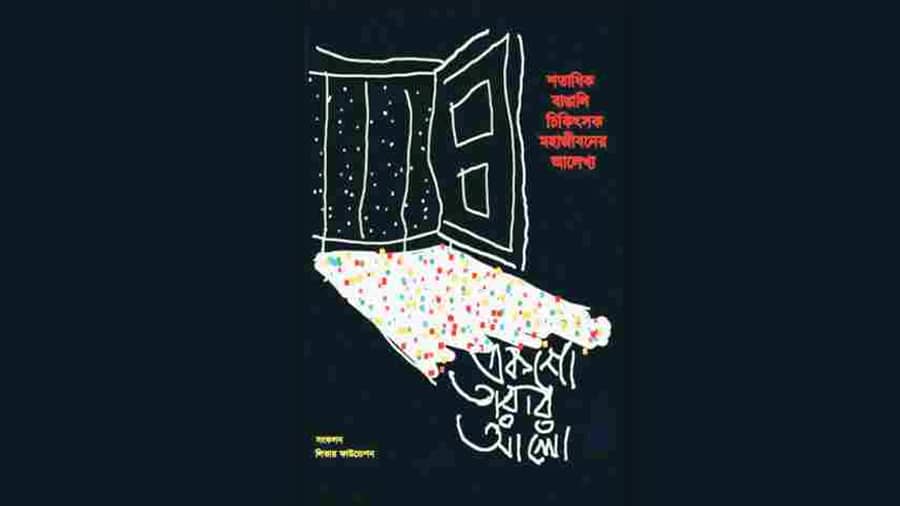One doctor had shown how cholera affected the human body. Another had operated on Rabindranath Tagore. A third had taken part in India’s freedom movement and was imprisoned.
A book, which will be published on Tuesday, tells the story of 105 such doctors of Bengal from the pre-Independence era till today, who have significantly contributed not only to the medical profession but to society at large.
Eksho Tarar Alo (Light of 100 Stars), published by the West Bengal Liver Foundation, highlights the contributions of 105 doctors, some of them household names such as B.C. Roy and others not so famous.
“The book is not a documentation of the works of these doctors but is an attempt to find out what we inherit,” said Abhijit Chowdhury, gastroenterlogist and chief mentor of West Bengal Liver Foundation, who had edited the book along with Asokananda Konar, president of the foundation and gastroenterologist.
“We think the stories and anecdotes will show how closely doctors are integrated with society,” said Chowdhury.
Some of the doctors featured in the book
Sambhu Nath De
The chapter on Sambhu Nath De, known for his research to find out the toxin that caused the cholera epidemic, mentions the researcher’s speech at the Nobel Symposium in 1978.
De, according to the book, described himself as one who was professionally almost finished since 1960 and expressed his gratitude to the Nobel committee for “exhuming” and allowing him to give the speech. De’s research was published in the Nature magazine in 1959.
“His research showed cholera toxin affects intestinal wall cells, which in turn leads to outflow of fluid within the intestine," said Chowdhury, who wrote the chapter on De.
“Based on his series of research works, the oral rehydration therapy has come up, saving millions of lives.”
The book has separate chapters on Dilip Mahalanabis, the doctor known for implementing the oral rehydration therapy at the refugee camp in Bongaon, in North 24-Parganas, during the 1971 war that led to the birth of Bangladesh.
Lalit Mohan Banerjee
The chapter on Lalit Mohan Banerjee, the first Bengali medical professional to receive the master of surgery degree, starts with his conversation with Rabindranath Tagore, before he performed surgery on the poet. According to the book, Banerjee would never use Dr before his name but always preferred “Mr”.
He had also performed surgeries on Sarat Chandra Chattopadhyay and former President of India Sarvepalli Radhakrishnan.
Sitanath De
The Fellow of Royal College of Surgeons had spent his life at his native place in Jhargram even though he had the opportunity to practise in a big city.
“I have practised surgery in Jhargram for 38 years. I have been to all the villages in Jhargram,” Sitanath De was quoted in the book as saying.
After spending 10 years in England, De returned to Jhargram with his British wife in 1968.
Thinking about the plight of tribal people of Jhargram, he had set up a nursing home there. The biggest problem he faced was supply of blood. De had to procure blood from Kolkata, about 200km away.
“He believed that for surgery a strictly scientific temperament, proper training, empathy for human beings and self-confidence could overcome deficiencies because of lack of infrastructure and expert teams and procedures could be conducted even in villages,” reads the chapter on De.
The book also contains chapters on Sisir Bose and Nani Guha, who had gone to jail during India’s freedom movement.
